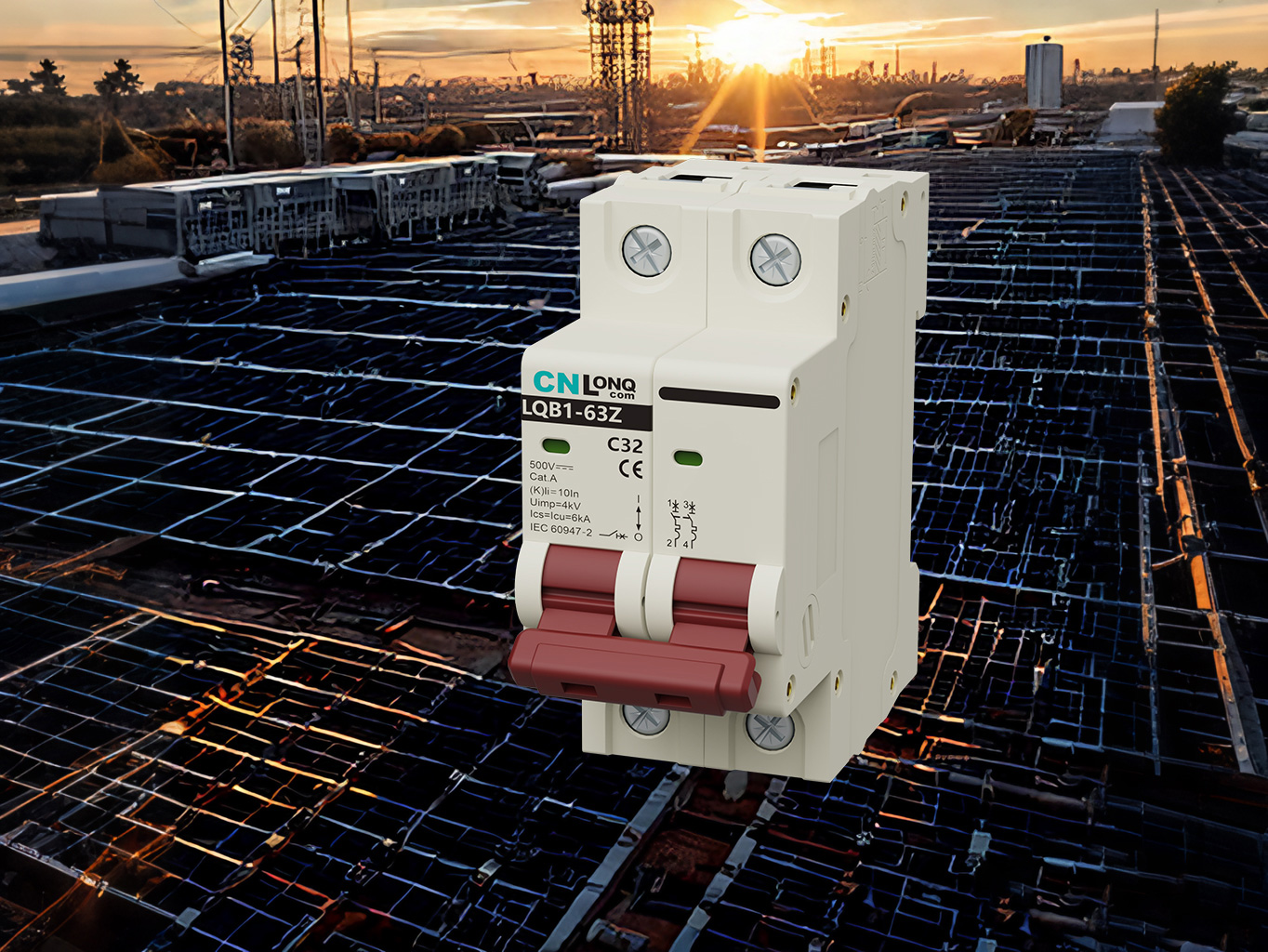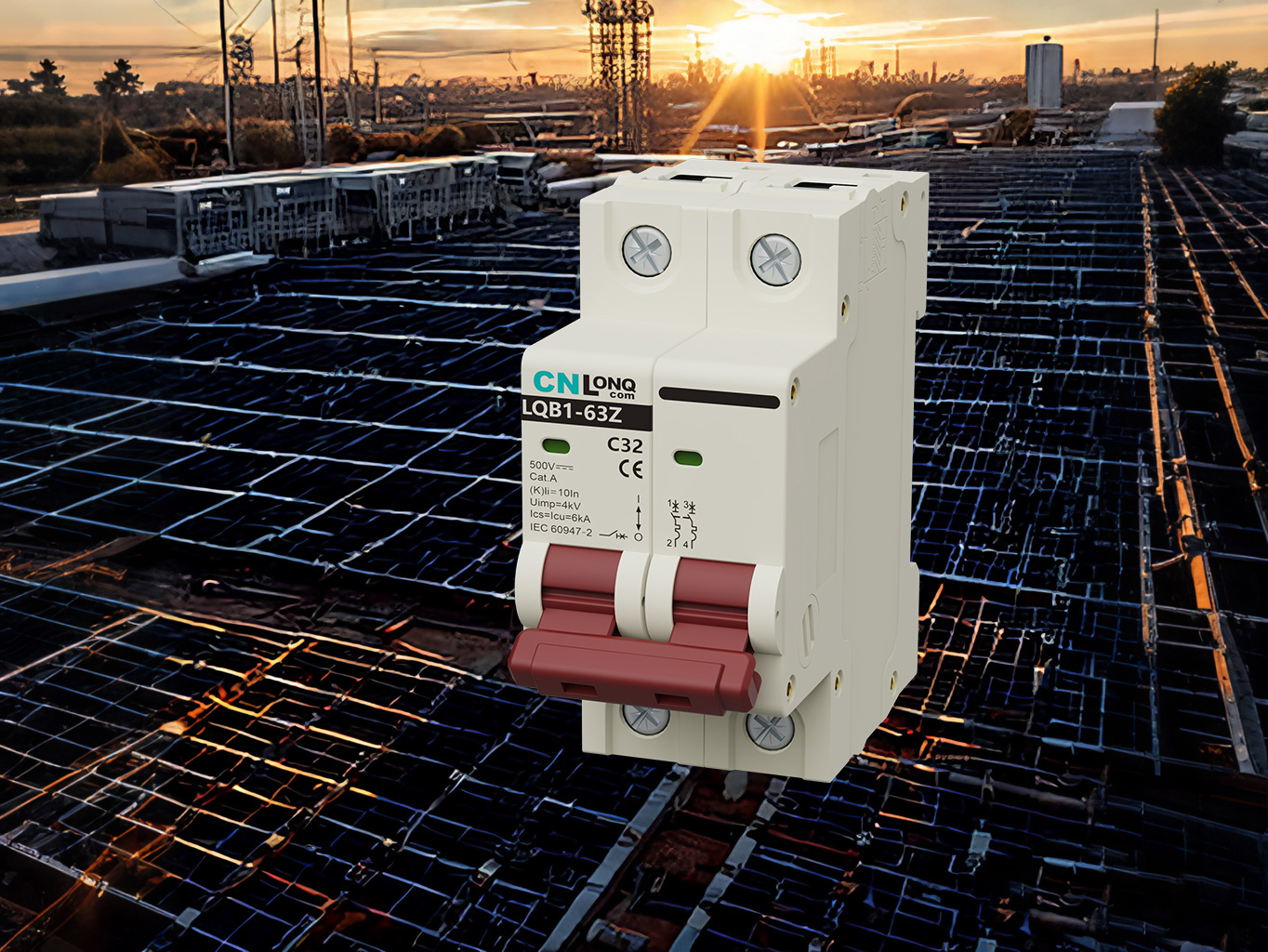Analysis of the Differences and Advantages/Disadvantages Between AC Circuit Breakers and DC Circuit Breakers
2025-05-27
I. Key Differences Between AC and DC Circuit Breakers
1. Arc Extinguishing Methods
AC Circuit Breakers:
AC current has multiple zero-crossing points per second (e.g., 50Hz AC crosses zero 100 times per second), allowing arcs to extinguish naturally.
Common types include air circuit breakers, oil circuit breakers, and SF6 breakers, which leverage zero-crossing for quick arc interruption.
DC Circuit Breakers:
DC has no natural zero-crossing, making arc suppression more challenging.
Common arc extinguishing techniques include:
Magnetic blowout (using magnetic fields to stretch and cool the arc)
Gas-based arc quenching (e.g., SF6)
Solid-state switching (e.g., IGBT/MOSFET-based hybrid breakers)
2. Structural Design
AC Circuit Breakers:
Relatively simple structure, lower cost.
Typically use mechanical contacts + arc chutes.
DC Circuit Breakers:
Require stronger arc suppression, leading to more complex designs (e.g., magnetic coils, specialized arc chutes).
High-voltage DC systems (e.g., solar farms, HVDC transmission) often use hybrid breakers (mechanical switches + semiconductor switches).
3. Voltage Ratings and Breaking Capacity
AC Circuit Breakers:
Used in low-voltage (e.g., 220V residential) to high-voltage (e.g., 110kV grid) applications.
Breaking capacity measured in kA (kiloamperes), e.g., household breakers typically 6kA–10kA.
DC Circuit Breakers:
Primarily for low- to medium-voltage systems (e.g., 12V–1500V in solar/EV applications).
Breaking capacity is more critical due to persistent arcing, requiring specialized designs.
4. Application Scenarios
Circuit Breaker TypeTypical Applications
AC Circuit BreakersResidential/industrial power distribution, commercial grids
DC Circuit BreakersSolar PV systems, battery storage, EV charging, rail transit (e.g., metro power)
III. Advantages and Disadvantages Comparison
1. Advantages of AC Circuit Breakers
✅ Lower cost: Simpler construction reduces manufacturing and maintenance expenses.
✅ Mature technology: Standardized designs due to widespread AC grid use.
✅ Easier arc extinguishing: Natural zero-crossing ensures reliable operation.
2. Disadvantages of AC Circuit Breakers
❌ Cannot be used in DC circuits: May fail to interrupt DC arcs, posing fire risks.
3. Advantages of DC Circuit Breakers
✅ Designed for DC systems: Effective arc suppression for safe operation.
✅ Essential for renewables: Critical in solar, storage, and EV charging.
✅ High reliability: Advanced quenching methods ensure protection.
4. Disadvantages of DC Circuit Breakers
❌ Higher cost: Complex designs make them 2–5x more expensive than AC breakers.
❌ Technologically demanding: High-current DC breakers (e.g., HVDC) require advanced materials.
IV. How to Choose Between AC and DC Circuit Breakers?
Current type:
AC power (household/industrial) → AC circuit breaker
DC power (solar/battery/EV) → DC circuit breaker
Breaking capacity:
DC systems need higher-rated breakers (e.g., 1000V/20A for solar).
Certifications:
AC breakers: Comply with IEC 60898 (residential) or IEC 60947 (industrial).
DC breakers: Meet UL 489B or IEC 60947-2 standards.
V. Future Trends
Hybrid breakers: Combining mechanical and solid-state switching for better DC performance.
Smart features: Integrated monitoring for remote control (e.g., smart PV breakers).
Higher voltage support: Advancing HVDC breaker technology for grid-scale applications.
Conclusion
AC and DC circuit breakers differ significantly due to the nature of the currents they handle. AC breakers dominate traditional grids due to their cost-effectiveness and reliability, while DC breakers are indispensable in renewable energy systems despite their higher cost. Selecting the correct type is crucial for ensuring electrical safety and system stability.



